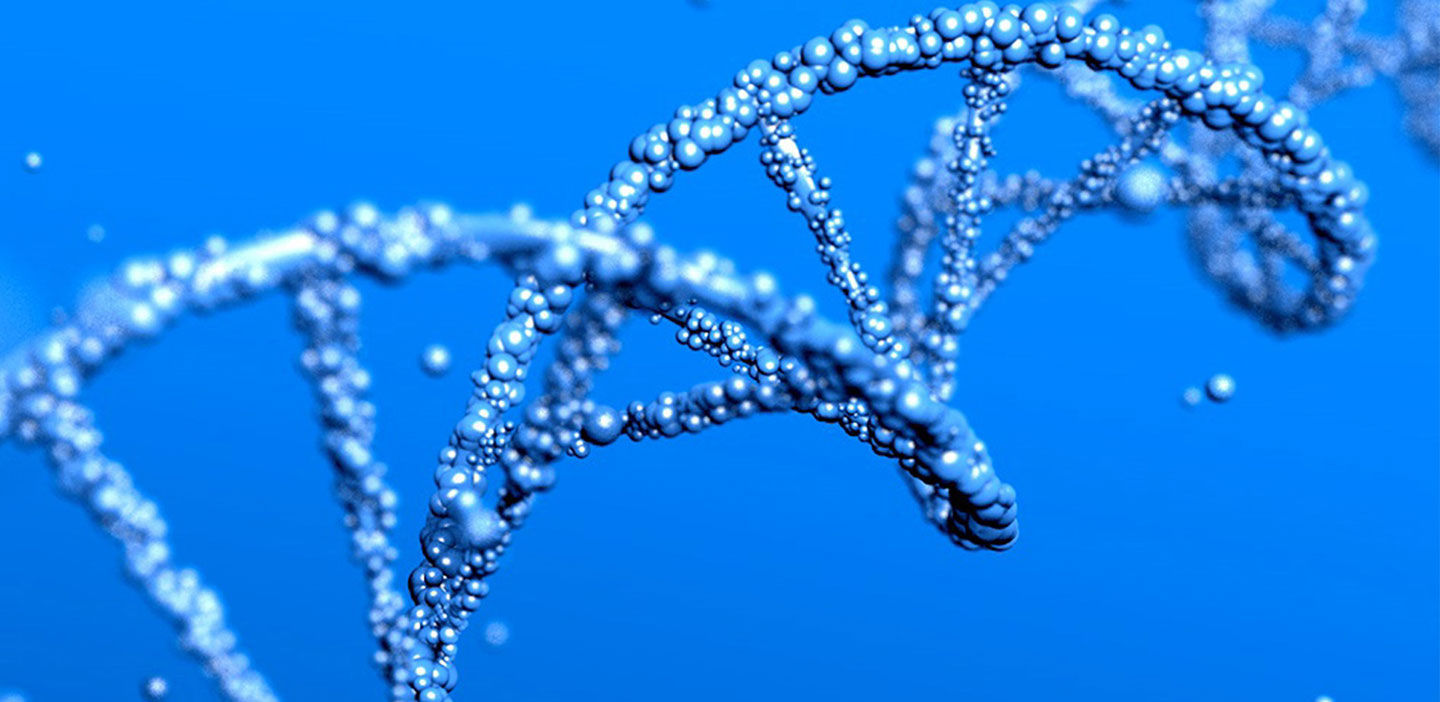Next-generation sequencing (NGS) is advancing translational research and increasing our understanding of human health, from improving diagnostic testing accuracy to the development of precision-based medicines for cancer and infectious disease. As the need for clinical applications within NGS continues to grow, new sequencing technologies and platforms are being developed to keep up with the demand. One such novel sequencing technology platform is based on DNA nanoball (DNB) technology which combines single-stranded circular (ssCir) library construction, generation and loading of DNBs onto patterned nanoarrays, and combinatorial probe anchor synthesis (cPAS) sequencing.1
While this technology delivers robust data with rapid turnaround times at reduced per-base cost compared to previous sequencing techniques, researchers need to ensure their DNA library preparation solutions, which may come from third parties, are compatible with these novel platforms. Through extensive evaluation, Roche has shown that its DNA library prep kits can generate high-quality libraries for whole-genome sequencing (WGS) on platforms employing this DNB technology.2
